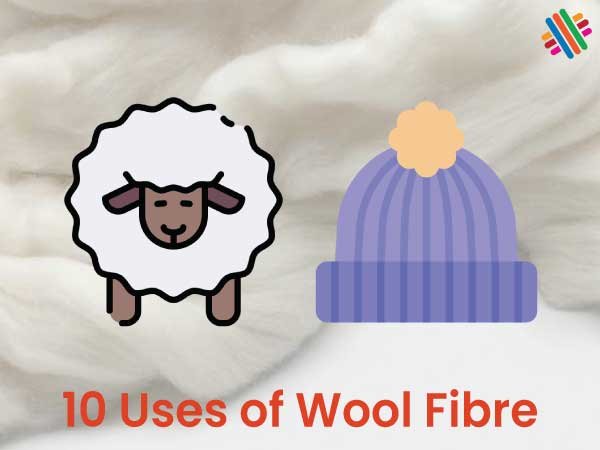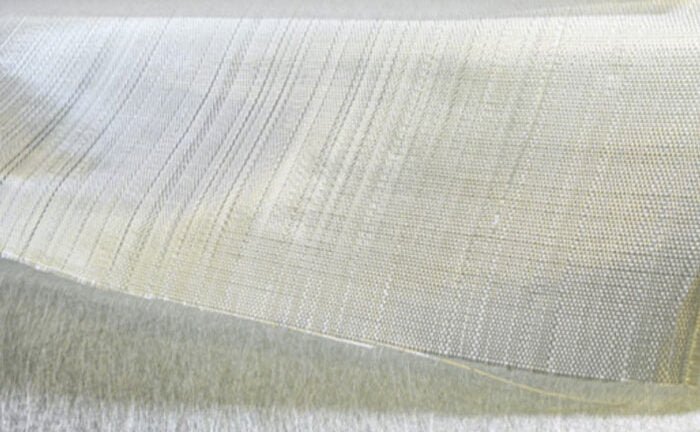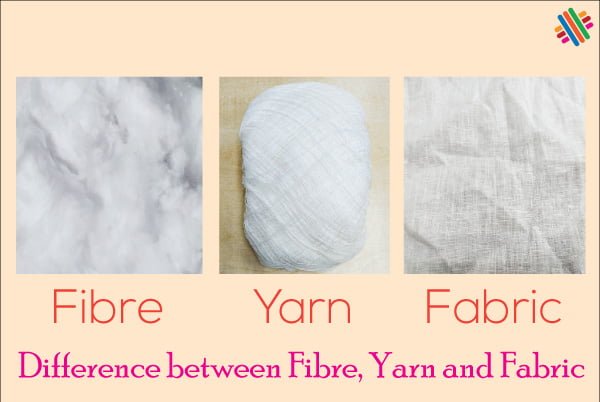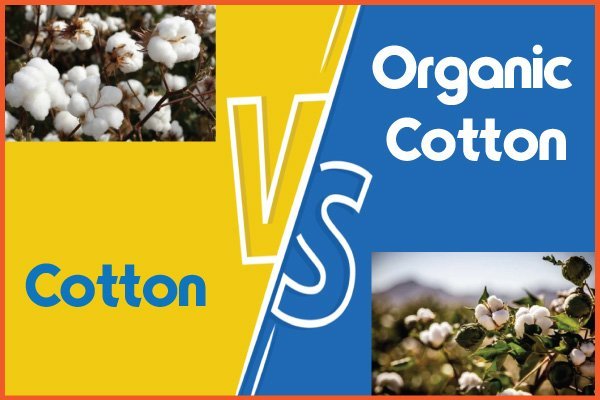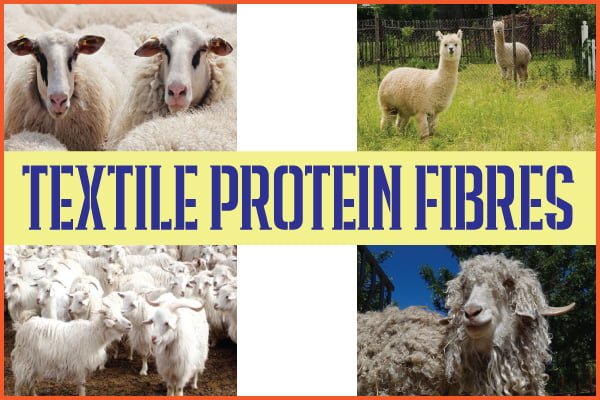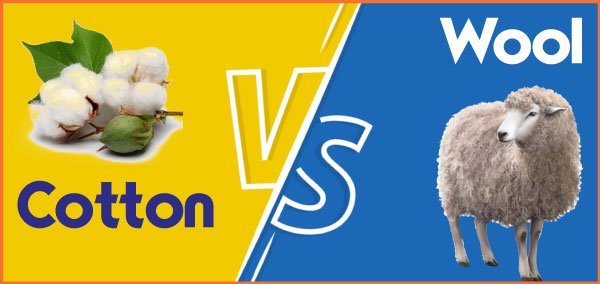101 Infographic: 10 Uses of Wool Fibre
Top 10 Uses of Wool Fiber in Textiles 10 Amazing Uses of Wool Fibre Discover the versatile applications of wool fiber in modern textiles and everyday life. From cozy clothing to innovative industrial uses. 👕 Clothing & Apparel Wool creates warm and breathable garments. Sweaters, coats, and suits use wool’s natural insulation. Merino wool is[…]

